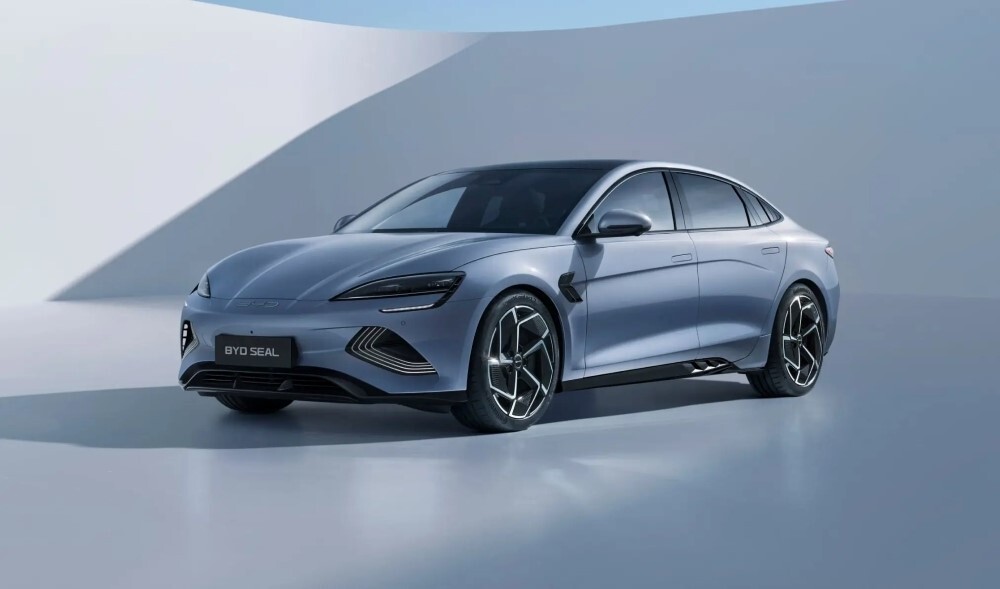

The world has already witnessed a transition from fuel cars to electric passenger vehicles. This transition had one significant challenge: locating the right place to charge EVs. Well, this is no longer a concern for all future EV owners. As shared by Thane Heins, a Canadian Physicist embarked on creating an innovation at the University of Ottawa, enabling all EVs to recharge themselves while driving, eliminating the need for plug-ins from 2025 onwards.

Image source: evfy.in
As proposed by Thane Heins, the Electromagnetic Field Energy repulsion has been used significantly to make all the EVs self-charging cars. The innovation also encourages using internal combustion engines (ICE) to provide propulsion energy.
This is because it enables EV cars to convert electrical energy into mechanical motions, further aiding in higher efficiency, quieter operation, and reduced emissions.
Thane Heins shared that the effective use of an ICE alternator would be done here to generate an electrical system within the EV cars. It would further aid the engine in spinning the wheels and later generate energy. The electromagnetic field energy would be created within all the EV electric generators. The ICE alternators would also have electromagnetic field energy at the sub-atomic quantum electron level.
Electromagnetic field energy was created back in 1834 for performing retrograde propulsion, negative work and regenerative braking in every EV & ICE car to reduce the kinetic energy.
At present, Thane Heins plans to use the same energy to ensure the unlimited performance of prograde propulsion, positive work and regenerative acceleration in every EV & ICE car. This shall further increase the kinetic energy of the EVs while battery charging supports an increased driving range with reduced operating costs.
This Electromagnetic Field Energy shall perform prograde propulsion to eliminate the need for plug-in charging EV cars and grid energy to support the electric mobility transition to clean energy.
Additionally, Thane Heins also added that this energy will also aid in reducing the vehicle's fuel consumption, operating costs, and greenhouse gas emissions, turning every ICE car into a hybrid electric vehicle and eliminating the need for batteries.
Responses








